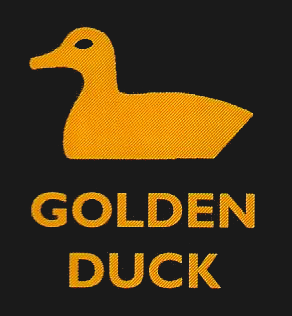Coastal Convoys 1939-1945 :The Indestructible Highway by Nick Hewitt
I read this book when preparing the new edition of We Fought Them in Gunboats by Robert Hichens — and was amazed that I had neglected it earlier. It was published in 2008 so don’t have any excuses for this. for whatever reason I only came upon it very late, after the first edition of Uncommon Courage was already published. Then, for a while, I allowed myself to think that this was a book for the Merchant Navy and the RNPS and I could afford to leave it until later. How wrong. I knew perfectly well that it was for the sake of the East Coast convoys that so many members of the RNVSR (including Hichens himself) were sent to minesweepers for their initial posting. Or on escort duty as Nicholas Monsarrat experienced on HMS Guillemot Feb 1942-43 and HMS Shearwater, his first command. It was at the tail end of a north-going East Coast Convoy that Edward Young almost drowned when the submarine HMS Umpire collided with the trawler Peter Hendricks heading south. HMS Umpire went down in about 60’ of water off the North Norfolk coast. That was enough to offer a chance of survival to some, including Young, though more that half the crew died. Today HMS Umpire is both a war grave and a dive site.
This is my part of the world. Reading Monsarrat’s East Coast Corvette (1943) and his captain Sam Lombard-Hobson’s A Sailor’s War, extracts from Hichens’ diaries quoted in Antony Hichens’ Gunboat Command , RNPS accounts such as The Trawlers Go To War (Paul Lund & Harry Ludlum) and, above all JP Foynes’ The Battle of the East Coast I began to see it differently. I began to visualise the extraordinary extent of the mine-barrage, the unremitting labour to keep channels clear. Monsarrat’s phrase ‘ a mass of green winking wreck buoys’ stuck in my head and I felt that I remembered from very early childhood, there were more wreck buoys to be seen than there are now. There were more mines too, washed up on beaches. There were decommissioned ships in the Rivers Blackwater and the Stour, Rough’s Tower was obviously a Maunsell Fort and certainly not the Principality of Sealand. We used to sail out there and Dad would occasionally mention how it had been one of his jobs to keep it supplied from Harwich.
The absorbing process of looking at the full text of We Fought Them In Gunboats — and reading round that topic — put the convoys in a wider strategic context — they were the reason that the gunboats were needed. And also the audacity of the German E-boats coming across the Southern North Sea from Ijmuiden and Ostend felt a little different when I understood the extent that we were carrying the conflict in the opposite direction — laying mines and attaching convoys off the Dutch and Belgian coasts. Reading Peter Dickens’s Night Action, Geoffrey Hobday’s In Harm’s Way and Chis O’Flaherty’s Torpedoes, Tea, and Medals added to understanding. But a careful, annotated, reading of Coastal Convoys has been the most enthralling and enlightening - including the even less well known story of the Channel convoys. Nick Hewitt writes well, makes great use of his sources (particularly survivors accounts), has both strategic sense, and eye for detail and a compelling mix of respect and empathy. This is a book I’ll be reading again.



